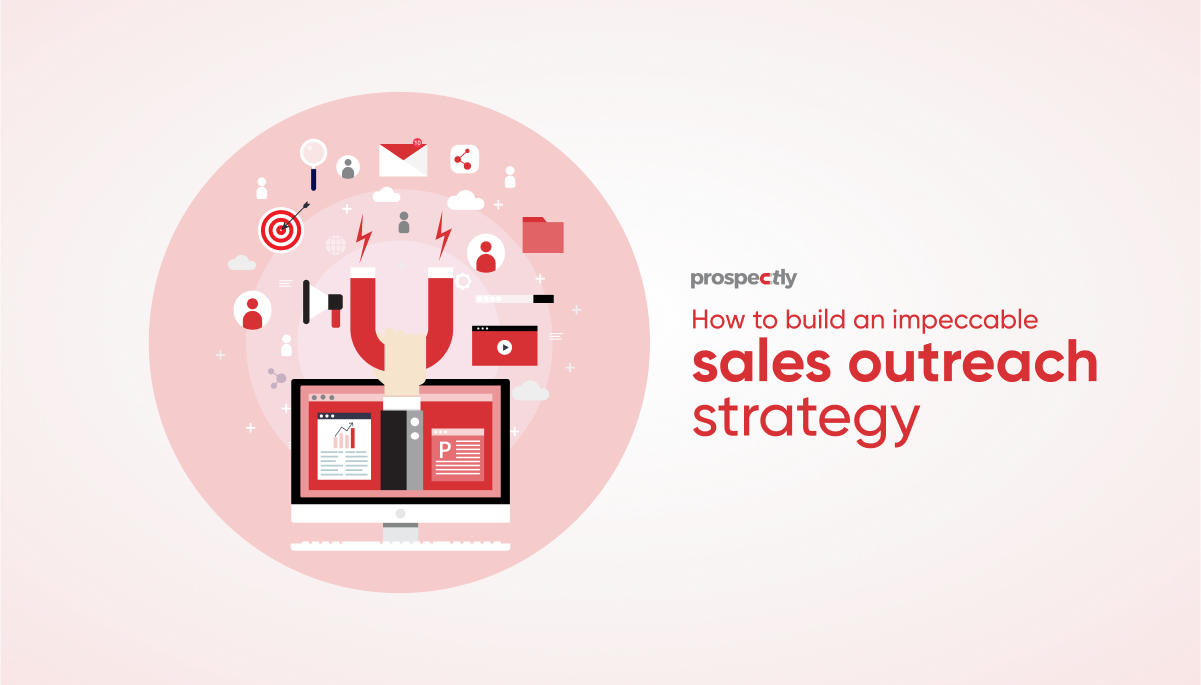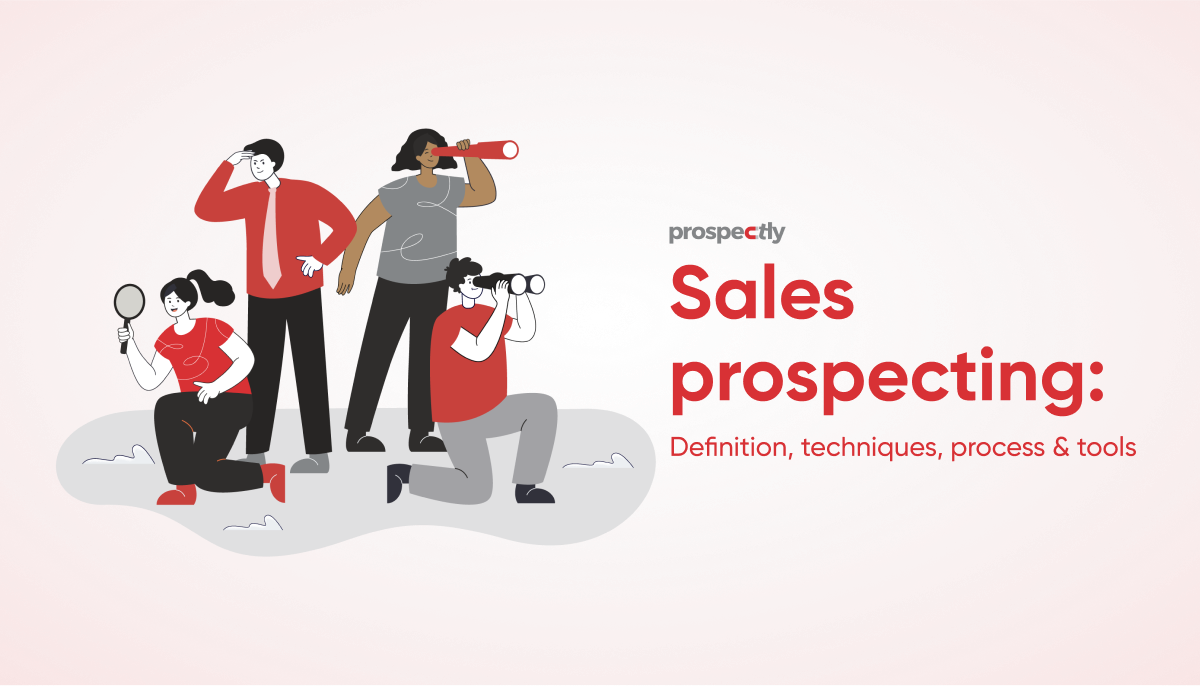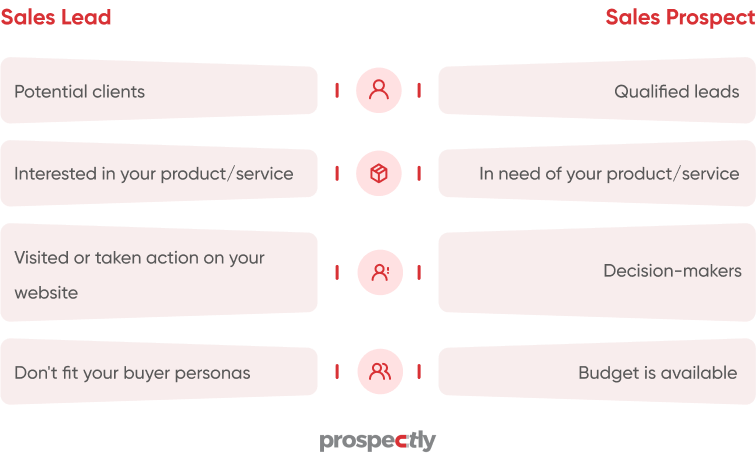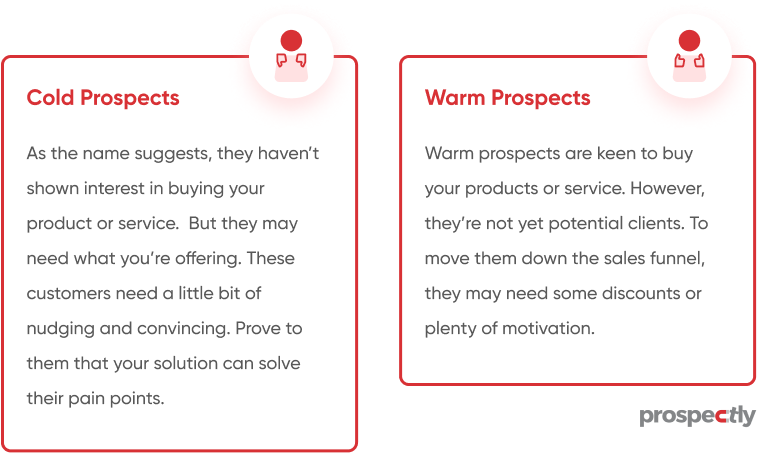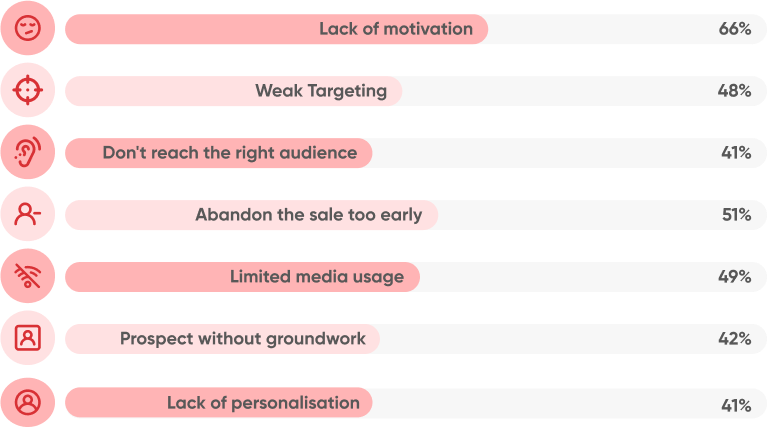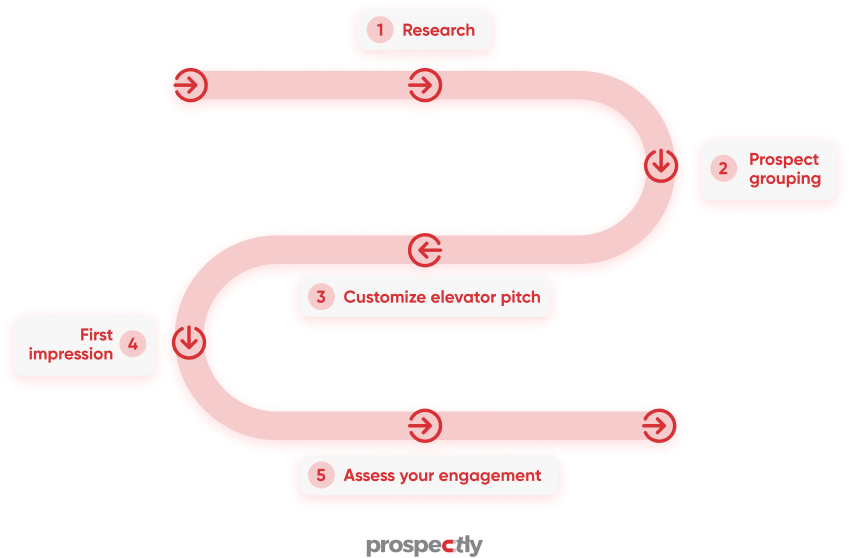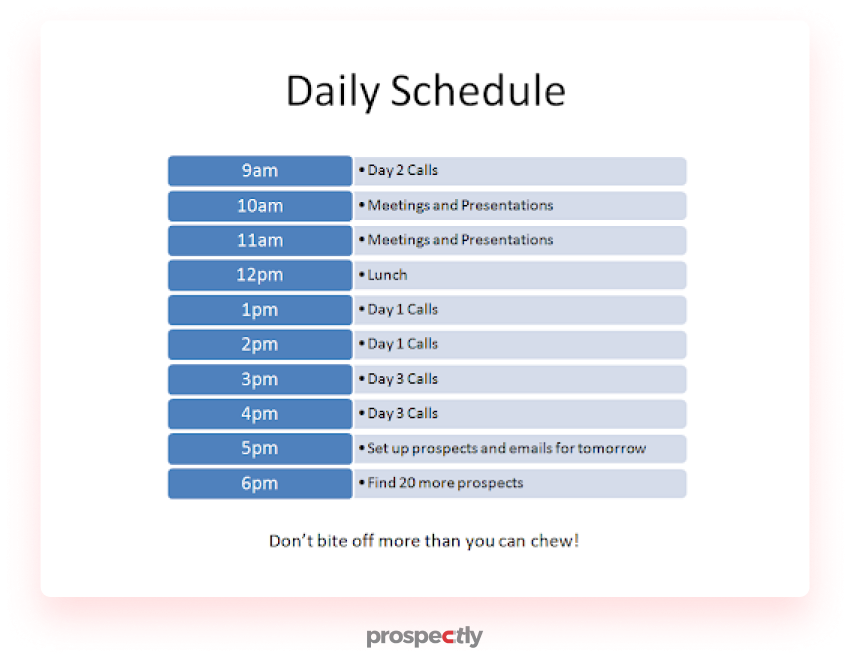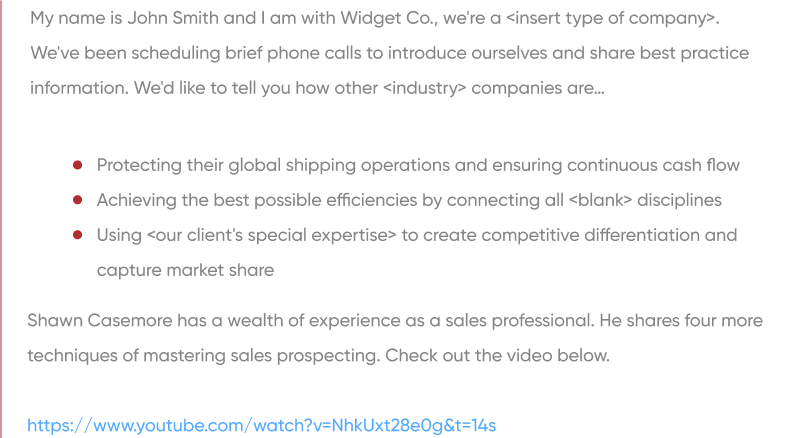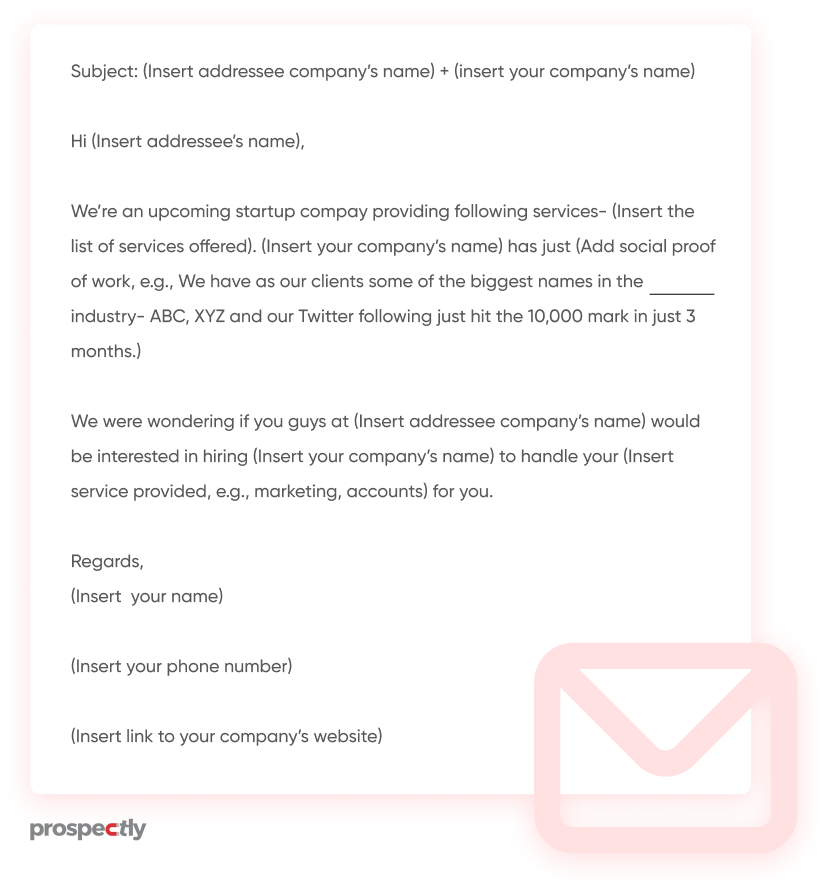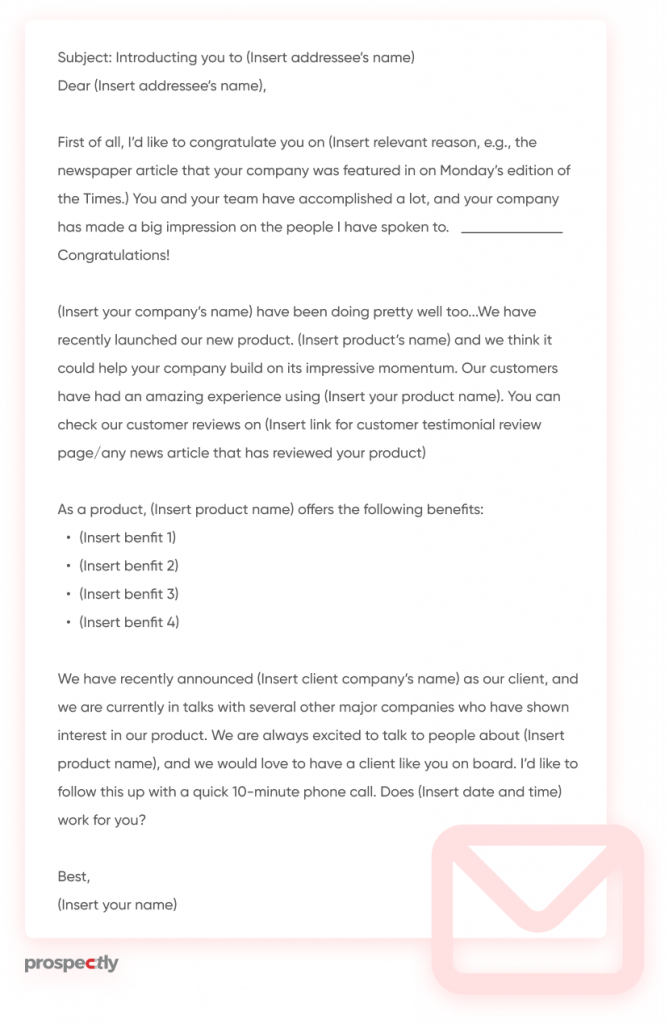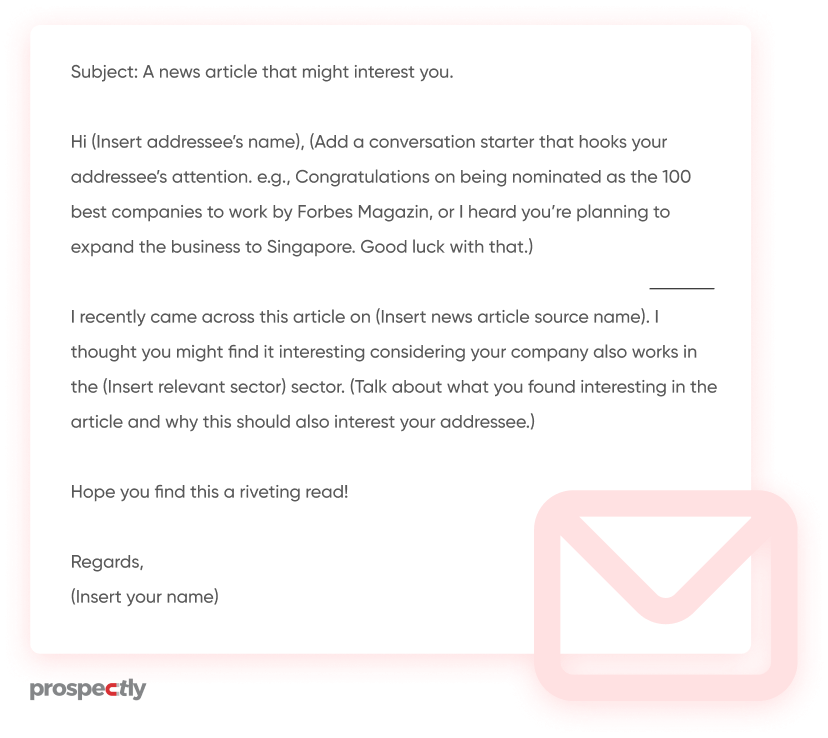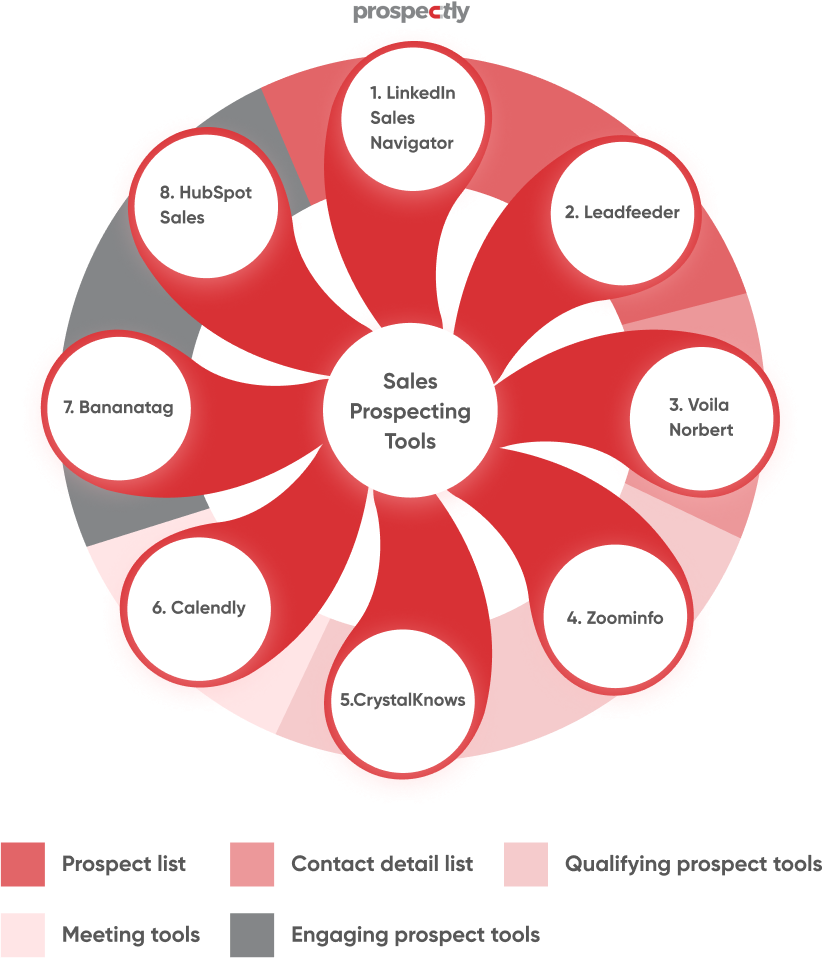The sales profession requires you to reach out and engage your potential buyers consistently. With altered buyer perceptions and a dynamic economy, it bodes well for you to update your sales outreach plans constantly. This blog will outline a step-by-step process to creating a winning sales outreach strategy.
But first, let’s understand what exactly sales outreach is.
What is sales outreach?
Sales outreach is a systematized and ongoing process of reaching out to your potential or existing customers to generate business. It includes all forms of communication – from the initial conversation with your ICP to the follow-ups that lead to closure. Sales outreach also refers to your engagement with current clients to generate a steady revenue stream.
The term ‘sales outreach’ may strike you as an outgoing method, but it’s not always the case. An ideal sales outreach strategy is an amalgamation of carefully executed inbound and outbound approaches that can be carried out through multiple channels.
Two types of sales outreach methods
In Inbound sales outreach, the potential buyer turns to you for a particular need or to address specific pain points. Hence, getting their requirements and delivering customized solutions becomes much more straightforward. Inbound sales outreach programs are usually the result of brand promotion driven by activities like SEO optimization, content marketing, etc.
Outbound sales outreach illustrates your efforts as a seller to gain your target’s business. In this case, your prospect is not yet interested or aware of your business.
Sales outreach channels
Automation and digitization have led to the evolution of multiple channels that you can use effectively in your sales outreach program. Let’s look at some of these practical tools.
Phone
Salespeople often dread cold calls due to the negative press associated with them. However, of all outreach methods, the phone is usually the fastest way to get your message across if you can get hold of your prospect. Here are some stats that will reaffirm your faith in the merits of cold calling.
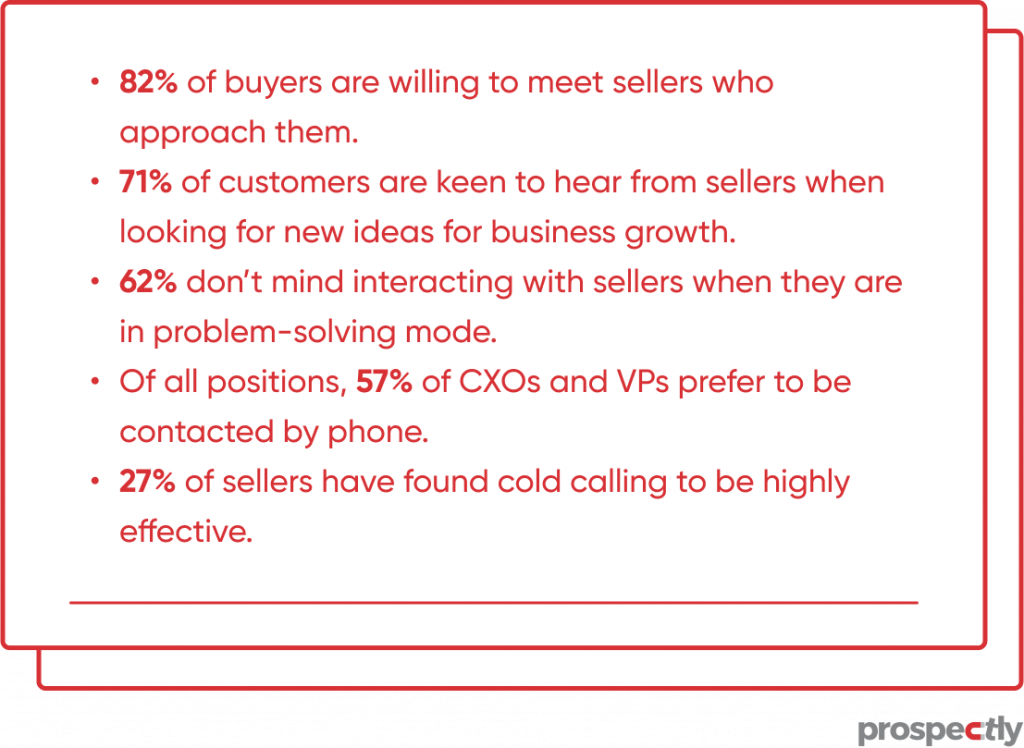
Bonus tip: Check out our blog- Analyzing the efficacy of cold calling in 2022
That’s right, the humble email is still the most preferred method for sales outreach. It’s less intrusive than a cold call and, if done right, is a proven tactic to deliver the highest lead rates. As illustrated below, a study conducted by sales engagement platform Sopro indicates that email is the top revenue driver for marketers.
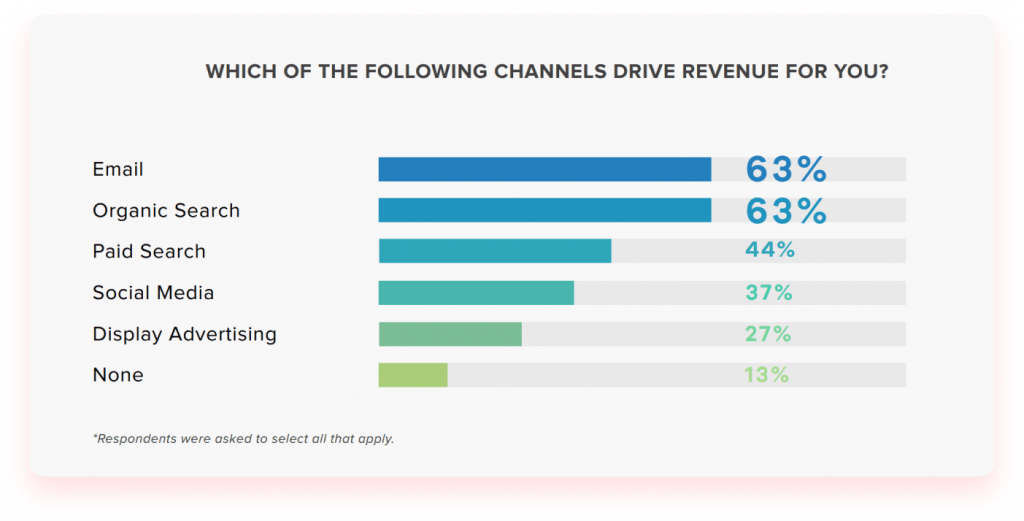
Chatbots
AI-powered live chats have become an essential asset for companies to engage their online visitors. You can utilize chatbots to assist buyers during various stages of their journey by offering additional information or helping with their queries. 61% of buyers claim they are more likely to buy after interacting with a live chat. So it has become an effective tool to nudge buyers into making decisions.
Social selling
The onset of the global pandemic compelled sales to go digital, so your ability to sell online became crucial. Social selling is the art of leveraging your social media platforms to connect with and nurture your ICP. Though it’s a relatively slower channel than cold calls or emails, its effects get compounded over the long term.
Want to know how to use social selling to boost sales? Read our blog: The “whats”, “whys”, and “hows” of social selling
Why is sales outreach important?
Outperforms conventional prospecting methods
Banking solely on traditional lead generation strategies, like cold calling and email blasts, will not suffice to survive the digital revolution. The modern buyer is well-informed and technically savvy. You will need an intelligent approach to get their attention amidst a sea of unread emails and ignored voicemails.
An ideal sales outreach strategy allows you to utilize various digital channels/mediums like video, live chats, and social media along with tried and tested assets like cold calling and emails to convert your targets into paying customers.
Helps explore untapped markets
Instead of waiting for the right customer to reach you or focusing on an exhausted market with limited potential, a sales outreach strategy offers you a multipronged approach for hitting your quota. You can boost sales by utilizing the proper outreach tools in your arsenal and offering solutions your customers never knew they required.
Tips for creating a stellar sales outreach strategy
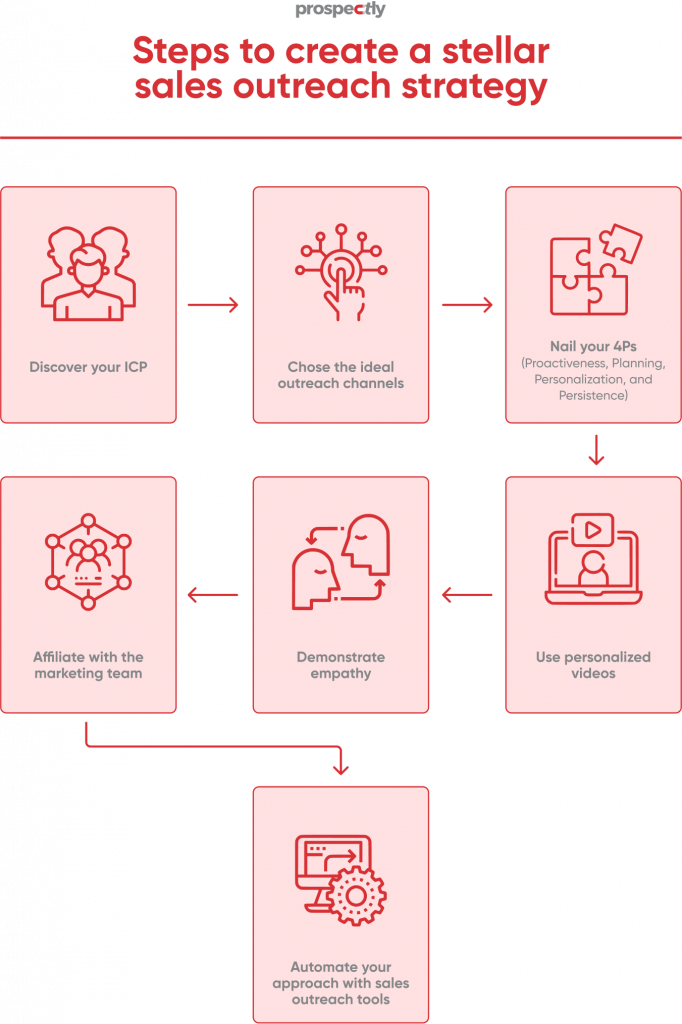
The availability of multiple channels and mediums has made getting your message across to your target audience even more challenging. To cut through the constant noise and engage your ICP at the right time, you need a customizable sale outreach program that is regularly refreshed. Following are some techniques to develop or boost your sales outreach strategy.
Discover your ICP
Following a sales outreach plan without knowing your ideal customer profile is like shooting in the dark. Review your existing clients and won deal cases to determine your target persona. This may be time-consuming but will help you achieve long-term gains. Some of the factors to consider while ideating your ICP are –
- Company revenue (Can they afford you/your solution?)
- Employee count/team structure (Do they have enough employees to need your service?)
- Product or services they offer (Do they need what you offer?)
- Decision maker/Influencer (Are you speaking to the person who makes decisions or will use your product/service)
Chose the ideal outreach channels
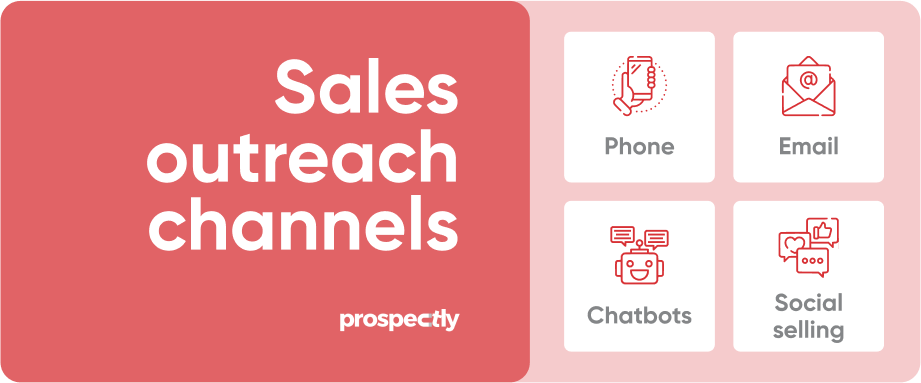
Although having access to multiple outreach channels can be advantageous, you need to be cautious while choosing the right one. Here are a few ground rules to consider.
- While choosing your outreach channel, remember your objective. For instance, getting your prospect on the phone is always to fastest way to generate a response. So if you think cold calling is dead, think again!
- Tailored emails are still the best way for reaching out to your prospects. According to HubSpot, 80% of buyers prefer to be contacted by email. Also, 31% of sellers have found that sending 1-to-1 customized emails based on detailed research is highly effective.
- Observe where your prospects are most active. If your target is a frequent LinkedIn user (comments, shares, or posts on the platform regularly), send a connection request with a personalized note. Your odds of getting a response are higher this way than by bombarding them with generic cold emails. On the other hand, if your prospect regularly engages with your email content, it clearly indicates they prefer email.
- The channels that work best for you also depend on your industry. For instance, LinkedIn is your go-to platform to engage the B2B audience, followed by Twitter and Facebook. Additionally, 82% of buyers research vendors on LinkedIn before responding to their sales outreach efforts.
Nail your 4Ps (Proactiveness, Planning, Personalization, and Persistence)
Take a proactive approach
Outbound sales outreach requires you to make the first move. But you do not have to take the backseat with inbound sales outreach. By understanding your ICP based on the information provided earlier, you can tailor your branding efforts to attract the right prospects through your inbound strategy.
Have a plan of action
When it comes to your sales outreach efforts, just winging it will not do. Have a sales cadence to structure your channels and plan when and how you will use them. A Sales cadence enables a smooth flow of touchpoints leading to an engagement with your potential buyer.
Make it personal
In a customer-centric economy, personalizing your sales outreach strategy is paramount for sales success. Moreover, your prospects are already bombarded with a massive influx of emails every day. So how do you stand out?
The image below illustrates some personalization ideas that can help you land more meetings.
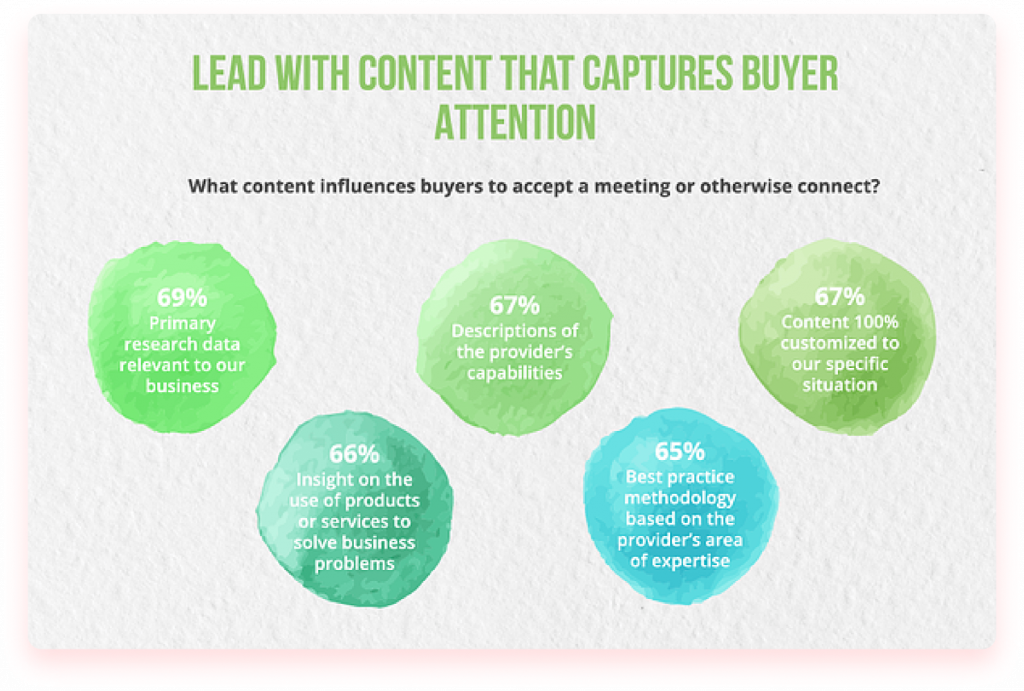
Be persistent with follow-ups
Resilience is a crucial skill required of salespeople. Your prospects are generally busy, and it might take more than one attempt to capture their attention. However, avoid being pushy by sending multiple rounds of generic emails. Try to find the sweet spot for the ideal number of follow-ups you can send a prospect.
Here’s a study that indicates the success rates of structured follow-ups and clarifies how many rounds of emails can be too many.
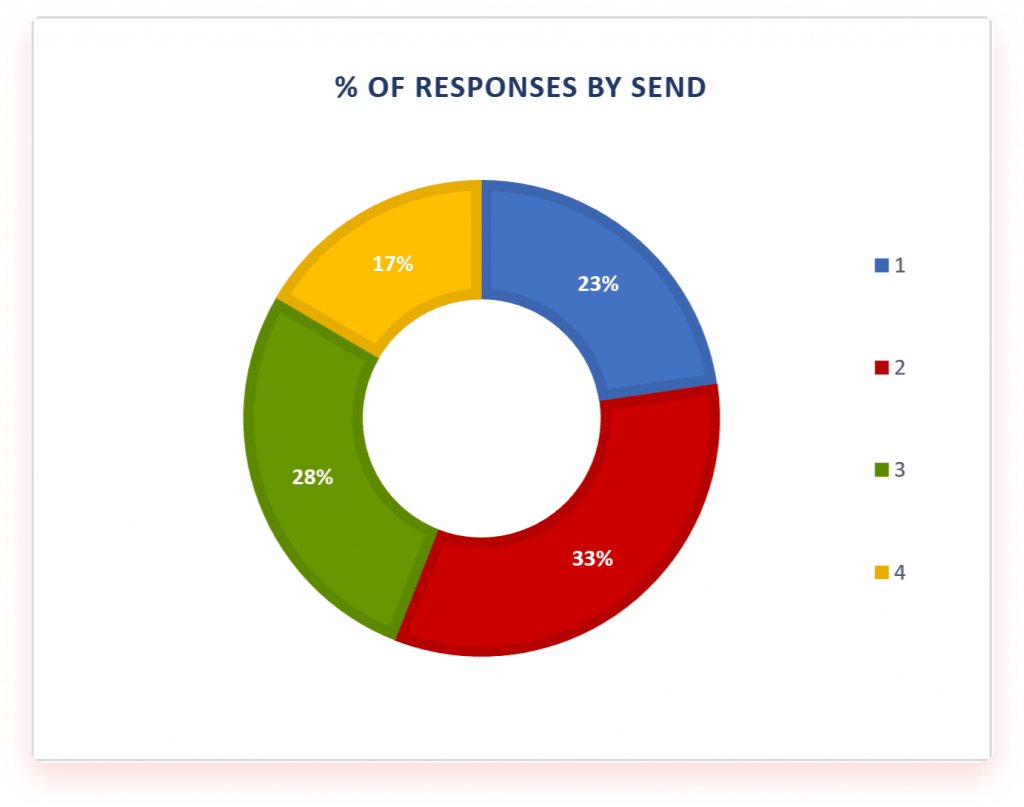
Sales engagement platform Sopro reviewed 40,000 prospecting emails, including a series of follow-ups. The results were as follows.
- Follow up emails generated 77% responses from prospecting email campaigns.
- The response rate increased significantly with the first and second round of chaser emails.
- The rates started to decline after the third round.
Use personalized videos
According to leading animated explainer video company Wyzowl’s latest State of Video Marketing Report, 81% of marketers feel that video directly impacts sales and significantly improves their company’s bottom line. Short, customized, and witty videos are an effective way to deliver your pitch to prospects. They can also be used as visual customer testimonials to highlight your success stories. Thus, you can leverage videos throughout the sales cycle to boost your outreach efforts.
Demonstrate empathy
Empathy is an essential sales skill and can help humanize your sales outreach. Today’s B2B buyers are knowledgeable; hence, conservative hard sells might not cut it anymore. Here are a few things you can do to approach your sales outreach strategy empathetically.
- Demonstrate your brand mission through storytelling. It will help your prospects connect with your brand at a human level.
- Avoid getting disappointed with radio silences or irritated with numerous queries from your prospect. Your buyers are busy people, and their time matters. Show that you respect their time and demonstrate patience in addressing their concerns.
- Also, know when it’s the right time to step back and let them go. However, do it with grace without burning bridges. Handling such cases elegantly will help build better relationships and enhance your market reputation.
Affiliate with the marketing team
Most of your sales outreach activities align with that of the marketing team. Hence, collaborating with them can only strengthen your outreach agenda. Make it a point to level your messaging with marketing. Regular review sessions can break down silos and offer added insights for better client engagement. Moreover, when you share prospect queries and interactions with the marketing team, they can enhance their own outreach efforts.
Automate your approach with sales outreach tools
Majority of your sales outreach activities, though important, can be time-consuming. Let’s face it, as a busy salesperson, you hardly have the time to gather prospect insights manually and draft tailored emails for each potential buyer. Sales outreach tools can automate such tasks, so you have more time for what matters, i.e., selling! It also makes you more productive and reduces overall stress levels.
Here are some ways you can automate your sales outreach.
- Use AI-powered CRMs to manage prospect data, track your interactions and sales activities and set up standardized workflows to connect with more buyers.
- Utilize email automation/sequencing tools to craft compelling messages based on prospect behavior like emails opened, content engaged with, web visits, buying decisions, etc. You can also tailor these campaigns based on industry, the product sold, buyer persona, etc.
- VOIP diallers can auto-dial the right prospect at the right time in addition to logging call data.
- You can automate your social engagement activities using intelligent outreach platforms.
- Connect with LinkedIn prospects found via sales navigator by using a chrome extension.
- Automation tools are capable of lead scoring, scheduling meetings, tracking buyer behavior, and notifying you to take specific actions.
- Track your outreach results, like engagement rates, CTA’s impact, etc.
However, be wary not to lose your personal touch while automating sales outreach. The ideal way is to balance personalization and automation, reducing the additional burden of repetitive tasks.
Now that you know how automation can enhance your sales outreach efforts, let’s look at some sales outreach platforms.
Popular sales outreach platforms
Here are some top-rated sales outreach platforms in no particular order.
Statflo – A one-to-one business messaging platform that delivers personalized sales outreach and two-way text conversations. It can be integrated with your CRM and helps you engage, retain, and expand your client base.
SalesBlink – It is an end-to-end full-stack cold outreach platform. It features solutions like LinkedIn email extractor, Email finder, B2B website data enrichment, Cold email sequencing, and much more.
GMass – A Gmail plugin for email marketing and automation campaigns. It offers auto email personalization, bulk email scheduling, email list building, automated follow-ups and creates detailed analytics reports.
Mailshake – It’s a popular tool for multi-channel outreach campaigns. It offers prospect search, campaign planning, personalized automated emails, and also tracks bounce rates, clickthroughs, open rates, and responses.
Salesgear – A multi-channel sales outreach platform that works well with popular CRMs like Hubspot, Salesforce, Pipedrive, and Zoho. It creates outreach sequences across email, phone, LinkedIn, and text messages.
Outreach.io – It is a sales outreach tool along with a sales engagement feature. It helps you personalize your outreach campaigns and includes an AI-enabled Always-On-Assistant for smart follow-ups.
Reply.io – Schedules emails and follow-up sequences and also detects certified emails on professional networking sites (like LinkedIn) through its chrome extension. It helps monitor your activities through its dashboard and track campaigns on multiple outreach channels.
Salesloft – Enables you to set a cadence of communications that help you close deals. It offers real-time email tracking, an integrated sales dialler, and social communications platform.
AutoKlose – Email outreach tool with an easy-to-use interface. It gives you access to a vast database of verified leads along with the added feature of customized email sequences.
Snov.io – It’s an all-in-one sales outreach tool that saves time and increases sales productivity. It offers prospecting, email messaging, and campaign analytics tools.
Key takeaways
Salespeople have been harnessing the power of sales outreach channels like cold calling, direct mail, and emails for decades. However, the digital revolution dramatically increased the efficacy of these existing channels and also gave you more intelligent options. Choose a balance of inbound and outbound sales outreach methods for a strategy that delivers consistent results. Also, ensure your automated outreach tools do not take away the human touch from sales outreach, which is key to attracting and retaining customers.
